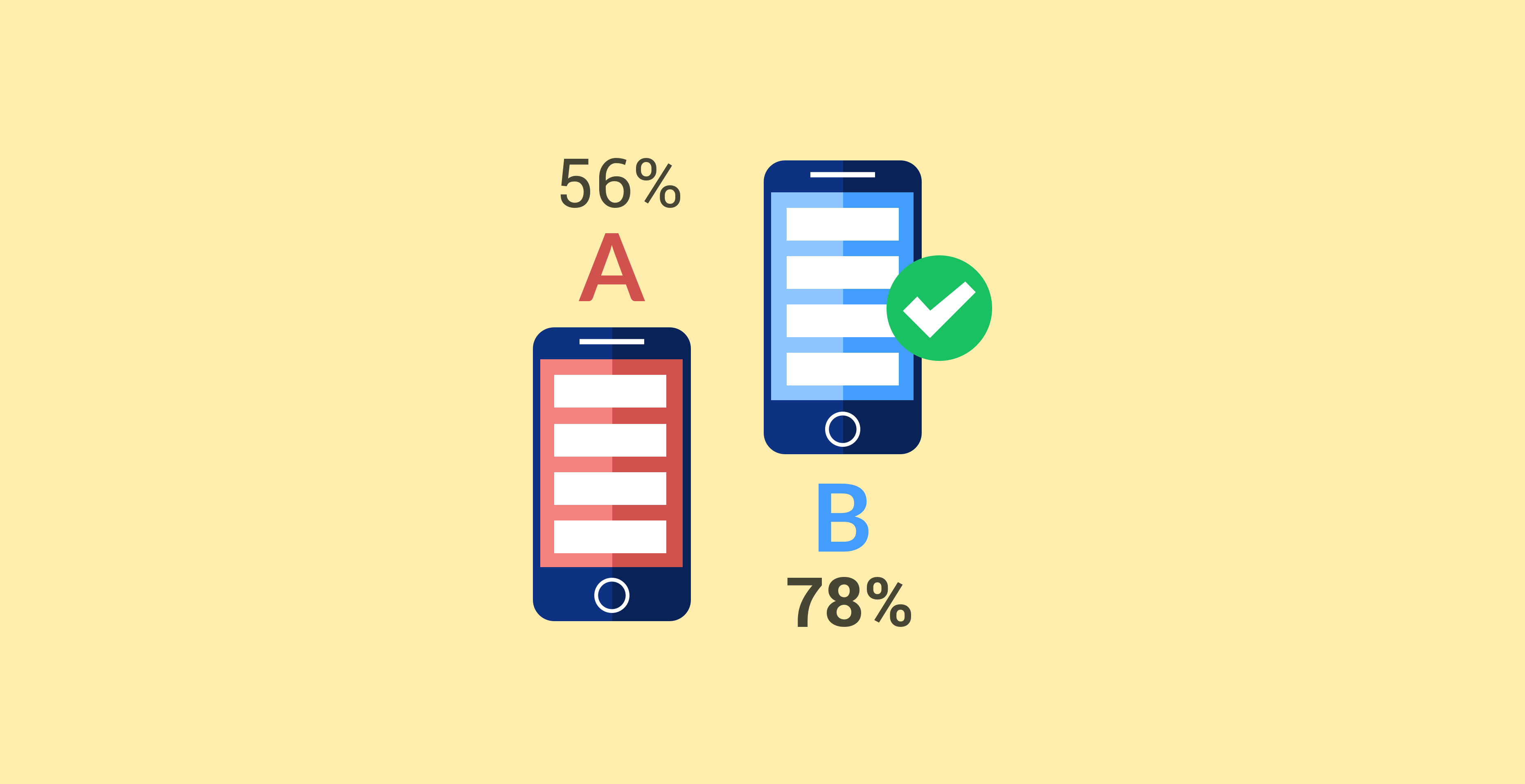In digital marketing, a landing page is a web page that is displayed in response to clicking on a search result, marketing promotion, email marketing or an ad on Facebook or the like.
In general, this type of page aims to allow the visitor to contact the company that owns the landing to obtain more information about a product or to directly buy it. You can also aim to have the visitor register himself for the use of a product. This visitor's action is called a “conversion” and one of the main metrics used in digital marketing is the conversion rate, that is, of the total number of users visiting a landing, how many convert.
According to a study by SmartInsights the best landings convert at rates of up to 27%. However, if the average is calculated, it falls much lower, with most industries experiencing conversion rates between 2 and 6 percent. This means that there is plenty of room to increase conversion rates in most industries.
If a company is spending $ 5,000 on digital advertising to attract potential customers to its landing page, but it has a conversion rate of 2%, it means it is wasting much of its budget. If this company invested $ 500 in optimizing their landing page and thus increased their conversion rate to 4%, they would need to invest only $ 2,500 in digital advertising to get exactly the same results.
An example of the sales funnel of a typical landing page could be the following:
In this case, only 10% of those who enter the website "convert" (get in touch to get the product). If somehow 15% of conversions (750 contacts) could be reached, it would reach 23 customers.
Increasing the conversion rate increases the funnel base, which in general translates into an increase in sales and therefore in the company's revenues.
The problem of optimizing or trying to increase the conversion rate of a website is known as "Conversion Rate Optimization" (CRO).
A/B testing for landing pages
One of the main objectives of digital marketing is to convert people who visit the company's website into customers. To achieve this, landing pages are created where a brief description of the product is shown with a striking design and in general with a button (call to action) to click that allows you to buy the product or contact the sales department.
While there are lists with “good practices” to create the design of these landing pages, these good practices won’t necessarily work with your target audience. The best way to design a landing page that converts is to base your design decisions on real-world data of your real audience.
A technique commonly used to increase the conversions of a web page is called A/B testing. Doing an A/B test consists of creating a variation B of the original page A, exposing both to site visitors and measuring which of the two has the highest conversion rate. Usually a statistical analysis determines whether one is better than the other with a previously chosen level of confidence. Variation B can be made up of small changes (for example changing the color of a button) or a complete redesign of the page. Once the A/B test is finished, you can either leave only the winning variation or perform a new A/B test to find an even better variation than the one already found.
An extension of the A/B tests is the multivariate test where instead of comparing only 2 variations, more are done and all are compared at the same time.
To perform an A/B test correctly on a web page you must, once a visitor arrives on the page, have an algorithm that quickly chooses what the variation to be displayed. Once that variation is chosen for that visitor, the choice must be remembered and therefore if the same person enters the same page after a while, the same variation must be shown.
Most big companies do A/B testing on their landing pages with huge success but the process can be complicated and require a lot of expertise to get it right. That’s why we created ABtesting.ai.
ABtesting.ai automatically suggests and executes A/B tests on your landing page. It requires no knowledge about A/B testing and it can work in an unattended way. You just need to do the initial setup and our AI algorithm will find the best variation of your landing page that optimizes the conversion rate.
Main Things to A/B test on Landing Pages
The Headline
The headline is usually the first thing that a visitor reads and is your first opportunity to engage your target customer. If you get this part wrong, chances are that the visitor will leave the page without checking anything else. So, even if the landing has the coolest design and the product you are trying to sell is awesome, if you can’t communicate what your product is for in a few words, no one will pay attention to the rest (yeah, life is hard).
The best way to find out which is the headline that works best, is to run A/B tests to compare how effective they are. Using ABtesting.ai you can set up these tests in just 3 minutes to try to optimize your conversion rate.
The Copy
The copy is what immediately follows the headline, it should be something that complements the headline’s message and expands on it a bit. Depending on your target audience, you will need to use more formal or informal wording, and it will be hard to know what works without trying it out.
The Call To Action
The “call to action” (CTA) is the button that you want the visitor to press so it will contact the sales department or directly buy your product. It’s the most important piece of your landing, should be visible all the time and must be clear about what’s the action that you want the visitor to perform. For example, texts to try out are “sign up”, “try for free”, etc. Never use something like “click here”. You can do A/B tests to determine what’s the best background color, font size and text. Changing the background color of your CTA might improve your conversion rate up to 20%!
Conclusion
Performing A/B testing on your landing page can increase your conversion rate and drive up your revenue. Using ABtesting.ai you can do this in no time and for a fraction of the money that you will get in return for increasing your conversion rate. ABtesting.ai won’t charge until it’s able to find a variation of your landing that has a higher conversion rate than the original one. Are you ready to try it out?

